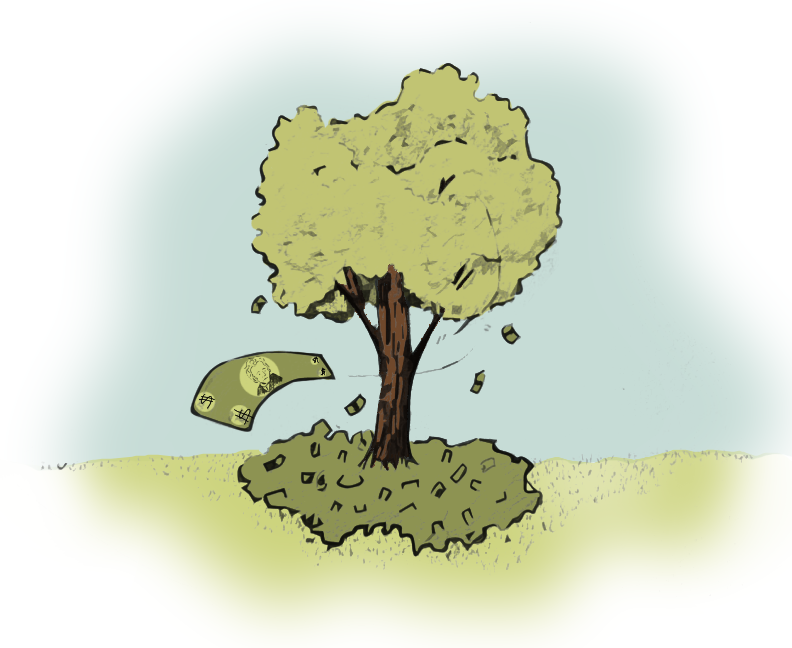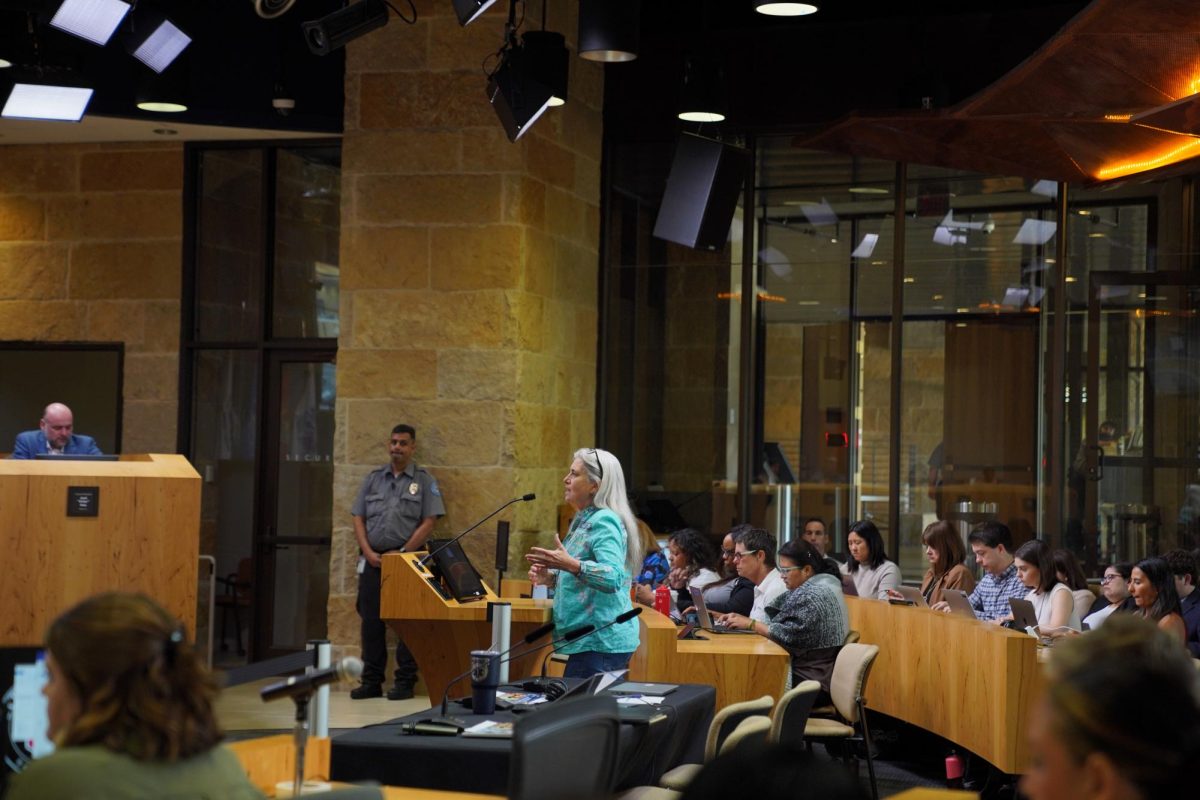Record-high temperatures this summer have paved the way for record-high power usage in Austin with a new electricity demand record of 66,867 megawatts between 4 and 5 p.m. on Monday.
This peak demand record surpasses the former all-time record from last year, which was 65,776 megawatts, on Aug. 23. The Electric Reliability Council of Texas, the state’s bulk transmission grid, expects another record to be broken this week.
To some, the new peak demand record was not shocking. Michael Webber, associate director of UT’s Center for International Energy and Environmental Policy as well as head of the Webber Energy Group, said that while this phenomenon was highly predictable, it was simultaneously impressive how the nearly 25 million in Texas people use this much power.
“If you think of how many watts a light bulb needs, [in terms of the necessary power to generate a grid] like 40-100 watts, big appliances need kilowatts,” he said. “If you have billions of watts to be generated and consumed, it means a lot of appliances are using lots of power.”
On Monday morning, the council wasn’t expecting the electricity demand to get so high, but demand increased quickly throughout the day, said Dottie Roark, head of media relations for the council.
“By the end of the afternoon, we knew we were going to be breaking a record,” she said.
The council has suggested methods that citizens may use to reduce electricity use for the rest of the week, especially during “peak hours” from 3 to 7 p.m. They emphasize turning off unnecessary lights and electrical appliances.
The council pays attention to what plans are available and try to hold the total demand 10 to 20 percent below the maximum power that’s available. If something catastrophic happens in the middle of the afternoon, there’s a little flexibility and margin in the system, said Robert E. Hebner, director and research professor at the Center for Electromechanics at UT.
Another conservation tip is setting air conditioners at 78 degrees or higher, and raising them to 85 degrees when individuals are away from home.
Air conditioning alone accounts for 60 to 70 percent of the average Central Texas home’s summertime power bill, and much of that cost is in electricity that is wasted, according to the Austin Energy website.
The average number of triple-digit-temperature days in Austin is 12, said Austin Energy spokesman Carlos Cordova. In 1925, Austin saw 69 triple-digit days. Temperatures rose above 100 on 68 days in 2009. Cordova said the city is on the way to breaking those records this year. Aug. 2 was the 49th day of 2011 in which Austin temperatures exceeded 100 degrees.
“Out of the 365 days in the year there might be over 70 days where the temperatures are over 100 degrees. We need rain to break this heat-spell we’re in,” Cordova said. “All the utilities, including [the council] and Austin Energy predict the peaks for the year, but sometimes you can’t predict anomalies.”
The Webber Energy Group is currently working on alternative methods of generating energy. One project involves large-scale storage using compressed air. The air is compressed into large underground geological caverns at night, acting as a high pressure tank. During the day the air rushes out of the cavern, spinning turbines in the process that generate power.
The city of Austin also activated Phase 1 of its heat emergency plan, which requires monitoring at-risk individuals — including the elderly, babies and tourists — for signs of heat-related illness.




















